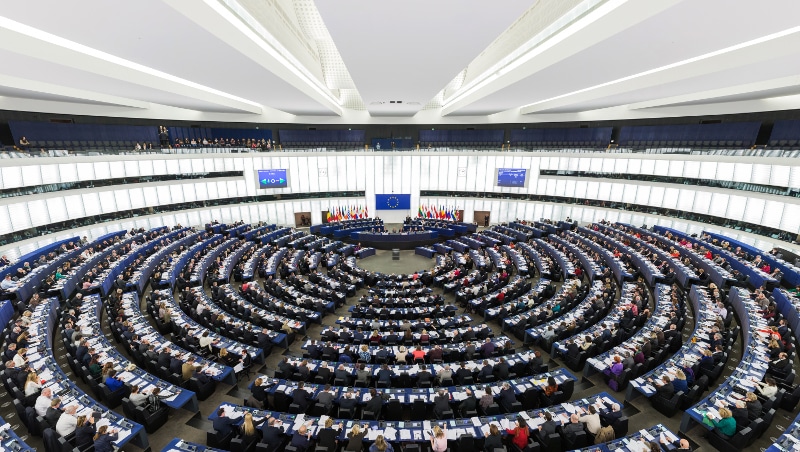This article was written by Ronen Kertis, the CEO of Cappitech, a Financial Technology Boutique. Cappitech provides EMIR and MiFID reporting services and solutions to a range of financial institutions.
Those active in the game know that European Share Trading was revolutionized by the introduction and implementation of the first Markets in Financial Instruments Directives (MiFID). After approximately 8 years of implementation of MiFID, MiFID II has also been approved by the European Parliament and will be a revision of the legislation that is currently in place.
Nowadays MiFid II is one of the most talked-about topics in the financial industry. In this short article we will highlight the key points one should know about MiFID II
1. What is the main aim of MiFid II?

Ronen Kertis, CEO of Cappitech
The regulator has broken it into 5 high level topics:
- A new regulated Trading Platform - Organised Trading Facility (OTF) - will be established to capture more unregulated trades that currently are executed on non-regulated platforms (such as some of the FX and binary options trading platforms). OTFs will exist alongside existing trading platforms such as traditional stock exchanges;
- Strengthen the transparency requirements that apply before and after financial instruments are traded (increase pre/post trade transparency);
- New limits on the size of positions held in commodity derivatives are set in order to reduce speculation in basic products such as agriculture;
- Introduction of new rules to avoid potential risks and creation of disorderly markets from increased use of technology performed electronically at very high speed by firms like HFTs;
- Investor protection to safeguard clients’ interests by providing the client with increased information on products and services. This goes to the length of stating that firms must ensure their staff remuneration and performance assessments are not organised in a way that goes against clients’ interests.
(For more info see here)
2. MiFID II vs. MiFIR - What is the difference?
MiFID is a directive and its new version (MiFID II) suggests changes to the existing MiFID directive. As with every directive, each jurisdiction can adapt it differently. MiFIR is the actual Regulation that enforces the MiFID II directive and it has to be implemented by all EU states as is. See more here
3. Start Date
As of now, MiFID II is set for January 2017. However, the European Commission has stated that they may need to push the date back by a year, to January 2018, in order to give the industry time to acclimate its systems and businesses to the changes. See more here
4. Post Trade Transparency
MiFID II has introduced extensive reporting and disclosure requirements. Post trade transparency has been expanded to non-equity instruments and trading done on OTFs and MTFs. The post trade information will now be made public as soon as possible (close to real time). The number of data fields in transaction reports has also increased significantly.
5. Trade Reporting
The changes introduced in MiFID II on trade reporting were designed to resolve issues with the availability and quality of data that were observed since the original directive was first introduced. An example for the changes is that millisecond time accuracy will be required as part of the report.
6. Transaction Reporting
The requirements for transaction reporting are being extended to include additional new venues, more financial instruments and greater scope of the actual report (such as identifying the client and the individual trader of that transaction). These transactions should be reported to Approved Reporting Mechanisms (ARMs). Transactions reported in accordance with EMIR to a trade repository which is approved as an ARM will typically satisfy the MiFIR reporting requirement.
7. High Frequency Trading
MiFID II will have provisions in place that ensure HFT firms do not negatively affect market integrity or quality. It will require HFT firms that engage in proprietary trading to be authorised and will ensure transparent and fair venue pricing.
8. Consolidated Tape
Some problems were found in the original MiFID related to availability and quality of data. MiFID II is expected to resolve most of these problems by introducing a Consolidated Tape for shares, certificates, ETFs and depository receipts. This consolidation will be done by approved Consolidated Tape Providers (CTP) who will perform real time consolidation of market data from various trading venues where an instrument is traded.
* * *






















